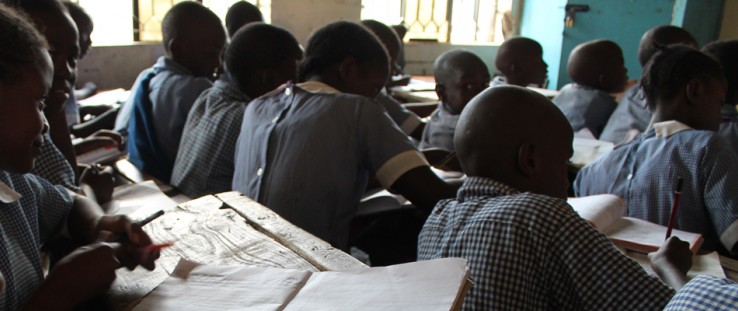 At school, we found that students often learn in dark classrooms and struggle to read their books.
Rudy Gharib, USAID
At school, we found that students often learn in dark classrooms and struggle to read their books.
Rudy Gharib, USAID
 At school, we found that students often learn in dark classrooms and struggle to read their books.
Rudy Gharib, USAID
At school, we found that students often learn in dark classrooms and struggle to read their books.
Rudy Gharib, USAID
Two out of every three sub-Saharan Africans live without power.
That’s 600 million people who go through life without:
… A stove to cook on.
… Light to study with.
… Power lines to hospitals.
… Well-lit roads.
When President Obama launched Power Africa, we started thinking a lot about what a day in the “dark” would look like. We spent a full day on the outskirts of Nairobi to see for ourselves what life without electricity means and how it impacts the lives of the people we met.

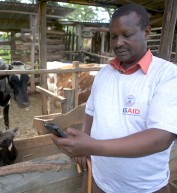

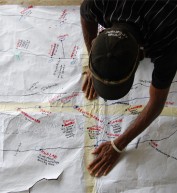
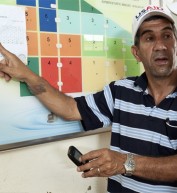
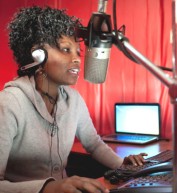
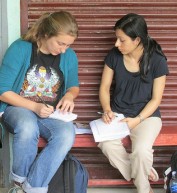
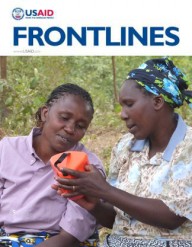

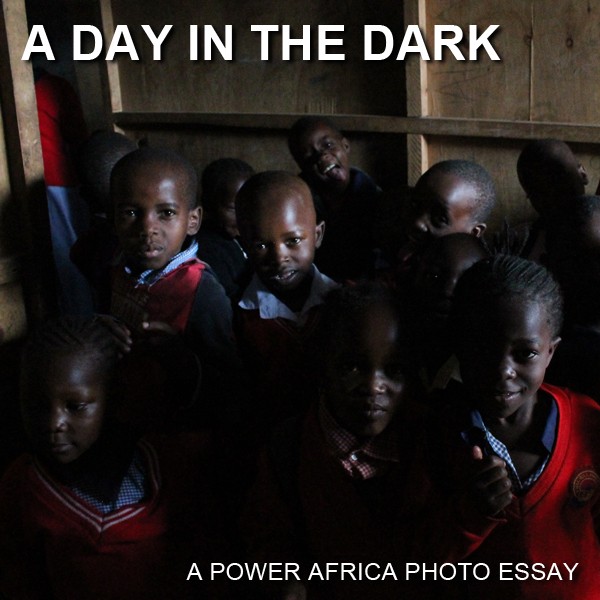
Comment
Make a general inquiry or suggest an improvement.